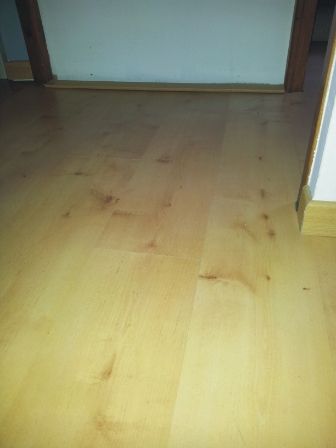


Formaldehyde Causes 115 Excess Cases of Cancer Per Million People Exposed Each Year
This article is summarized from an article written by E-Instrument (http://www.e-inst.com).
A key component of the VOC family and a major focus for indoor air quality, Formaldehyde (CH2O) has been linked to a number of health issues. The International Agency for Research on Cancer (IARC) has classified it as a carcinogen capable of causing negative health effects and odor at concentrations as low as 0.1 ppm. The Health and Safety Administration (OSHA) has established an exposure limit to formaldehyde of 0.75 ppm for a maximum of 8 hours. Because Formaldehyde is utilized in numerous manufacturing processes for building materials and household products, it is typical for indoor air to possess a substantially higher concentration than outdoor air. Identifying exactly which materials are the primary sources of formaldehyde without specialized indoor air quality monitoring equipment is difficult due to varying rates of release in different environments. For example, in homes with large amounts of new pressed wood products or paints, levels can consistently be greater than 0.3 ppm.
In Switzerland the Federal Office for Public Health recommends not to exceed the 0.1 ppm (corresponding to 125 micrograms per cubic meter of air) in the accommodation and living space (Brochure 2010, www.polluantshabitat.admin.ch)

| Formaldehyde concentration ppm | air quality |
| < 0.05 | good |
| 0.05 to 0.10 | marginal |
| 0.10 to 0.3 | poor |
| 0.3 and higher | dangereous |
Newer buildings are at a much greater risk for containing high concentrations of formaldehyde. Any types of textiles like carpets, pressed wood such as wood flooring and particleboard, as well as paints and adhesives like wallpaper, latex paint, and cleaning agents can take a few hours to a number of months to release the majority of excess formaldehyde retained from the manufacturing process. Certain materials only release formaldehyde in various temperature and humidity conditions making it difficult to detect the primary source of contamination. The tables above show recommended limits of exposure.
Monitoring Solution : AQ Expert Indoor Air Quality Monitor
Because many building materials emit Formaldehyde among other VOCs, the E Instruments AQ Expert portable IAQ monitor is the ideal solution for measuring and data logging sites to ensure a safe environment. This specialized instrument utilizes a very accurate photoionization detector to persistently monitor and record potentially hazardous compounds indoors.
Click on formaldhyde measurement devices (with 1 ppb resolution) for more informations.
Oberdorfstrasse 51
CH 3930 Eyholz
tel + 41 27 946 80 18
fax + 41 27 946 86 42
info@sysmatec.ch